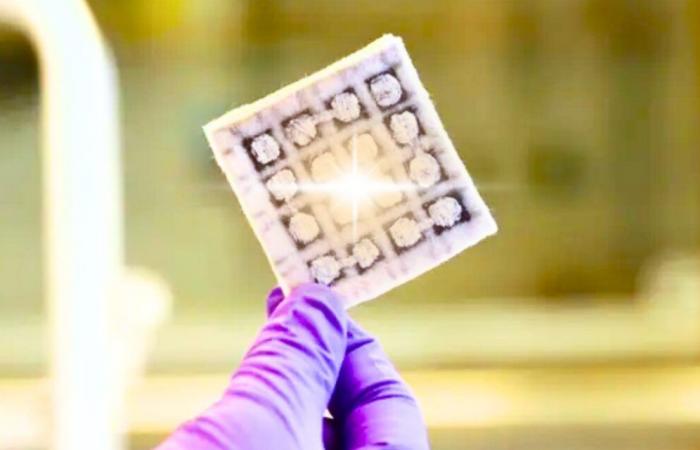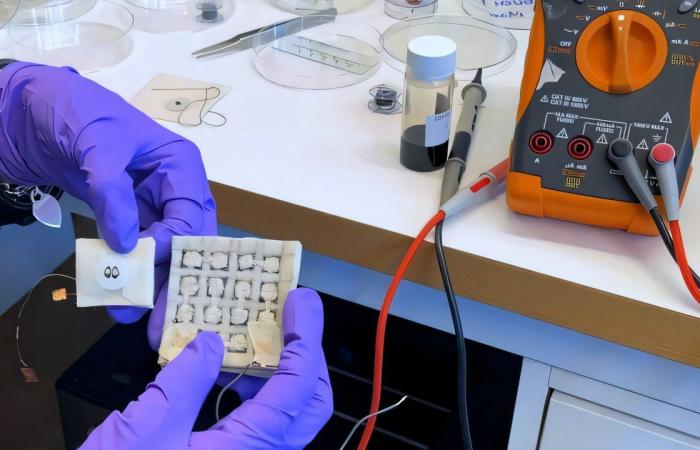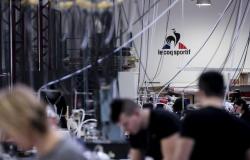Clothing revolution: your clothes could soon charge your smartphone!
A clothing innovation could transform our clothes into electricity generators, thanks to a recent discovery by researchers at Chalmers University of Technology in Sweden. Imagine wearing a sweater that not only keeps you warm but also charges your phone at the same time! This new development promises to merge fashion and functionality, ushering in an era where technology and textiles collide.
Also read:
The science behind energy textiles
Scientists have developed a special silk thread coated with conductive plasticcapable of converting body heat into electricity. This technology, called thermoelectricity, uses temperature differences between the body and the external environment to generate energy. The silk thread, once transformed, becomes a conduit for this energy, transforming each temperature variation into a precious source of electrical energy.
Transformative potential for wearable technology
The potential of this technology is immense: it could power wearable devices without the need for batteries, revolutionizing the way we interact with our everyday gadgets. Moreover, this innovative thread is flexible, lightweight and non-toxic, ideal for portable applications. The implications for health and well-being are also promising, as this type of technology could also be used to monitor vital parameters non-invasively.
From the laboratory to everyday life
The researchers created two prototypes of thermoelectric generatorss: a button and a piece of fabric, demonstrating that the textile can actually produce electricity in response to a temperature difference. The larger fabric generated about 6 millivolts for a difference of 30 degrees Celsius. These results not only demonstrate the feasibility of the technology, but also open up interesting prospects for its integration into everyday clothing.
Durability and maintenance
One of the great advantages of this thread is its durability. It remains effective even after several washes, retaining two thirds of its conductive properties after seven cycles. This represents a significant advance, although improvements are necessary for commercial application. The team works to increase this durability to achieve performance that meets market expectations and the demands of daily life.
Production challenges and future prospects
Currently, the manufacturing of these thermoelectric textiles remains complex and expensive, requiring a lot of labor. However, researchers are optimistic that processes can be automated, which could enable large-scale production. The passage of the artisanal production to industrialized production is crucial for this technology to achieve mass adoption.
Smart textiles take center stage
The field of smart textiles is experiencing rapid progress. This research is part of a series of promising developmentsincluding those at the University of Waterloo, which recently introduced a new stretchable thermoelectric fabric. These innovations mark a turning point in the way we think about the interactions between our clothing and our environment, offering new ways of thinking about the interface between humans and technology.
South Korea catapults quantum computing to the next level, with unprecedented precision that will transform modern science
This article explores the advent of textiles capable of transforming body heat into electricity, offering a new dimension to smart clothing. This technology, still in its infancy, could soon allow us to charge our electronic devices simply while wearing our usual clothes. With advances in manufacturing and sustainability, energy-producing clothing is no longer just a fantasy, but a tangible possibility for the near future. The prospects for integrating this technology into our daily lives could radically transform our relationship with energy and portable technology.
Source : Chalmers







